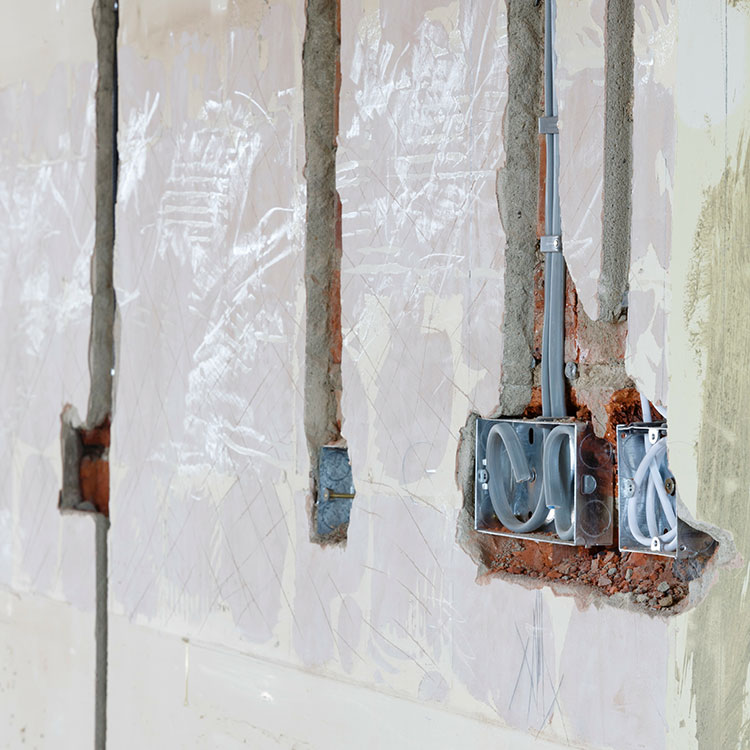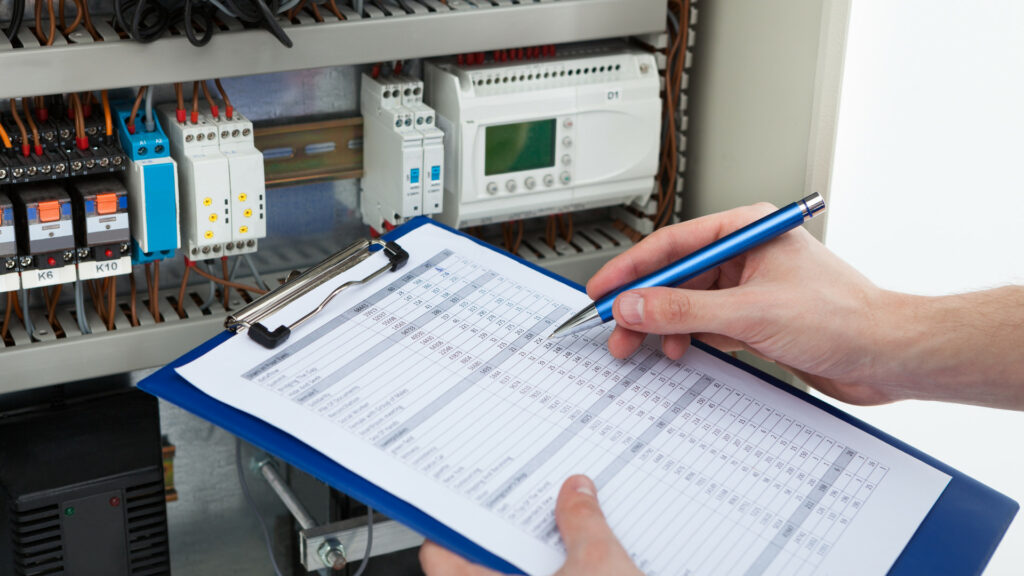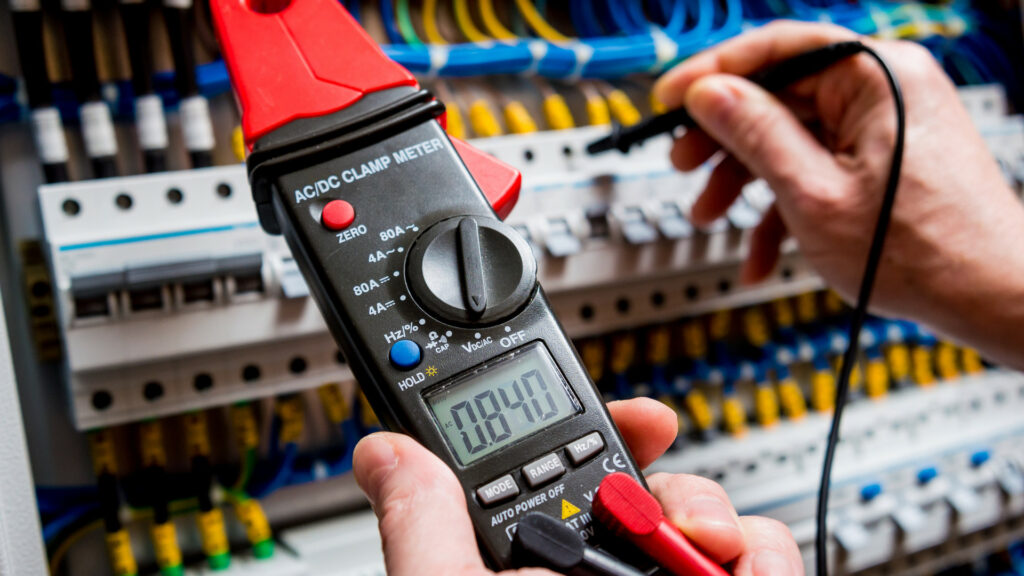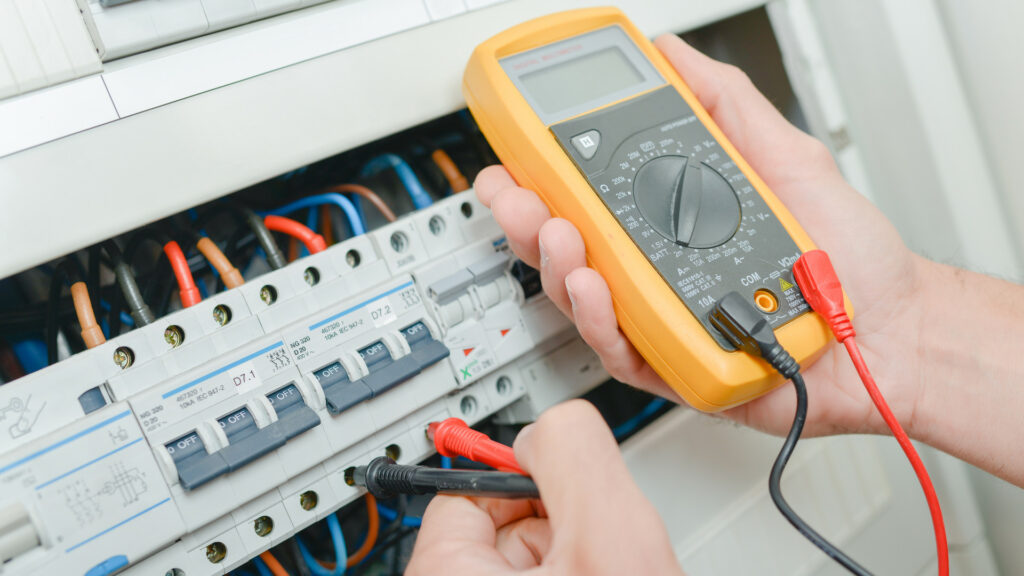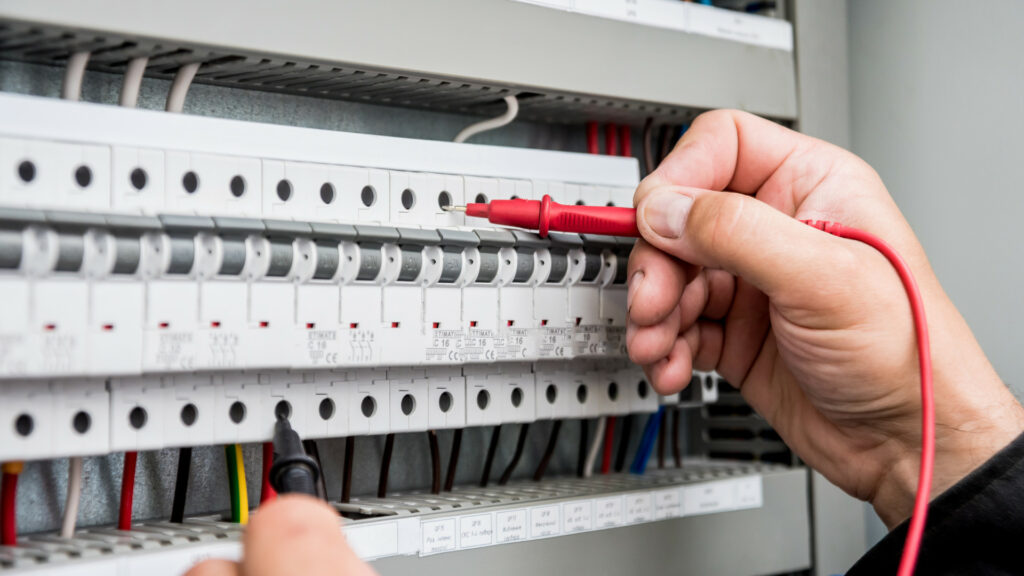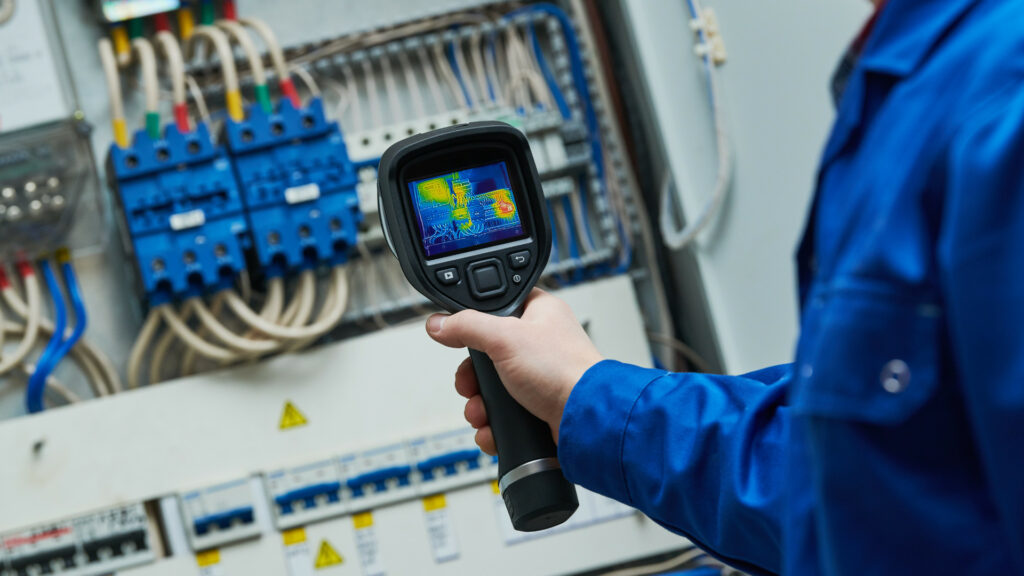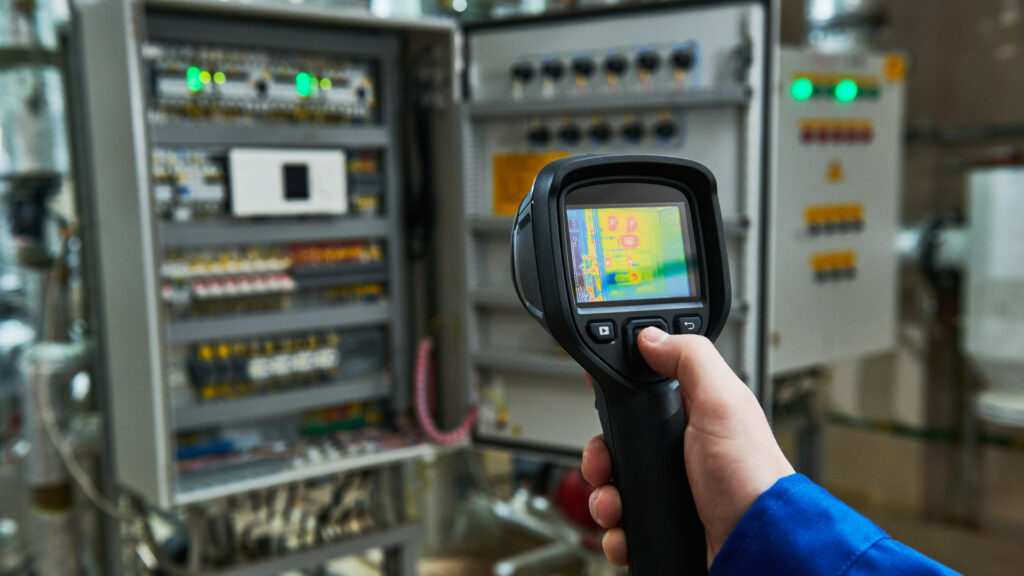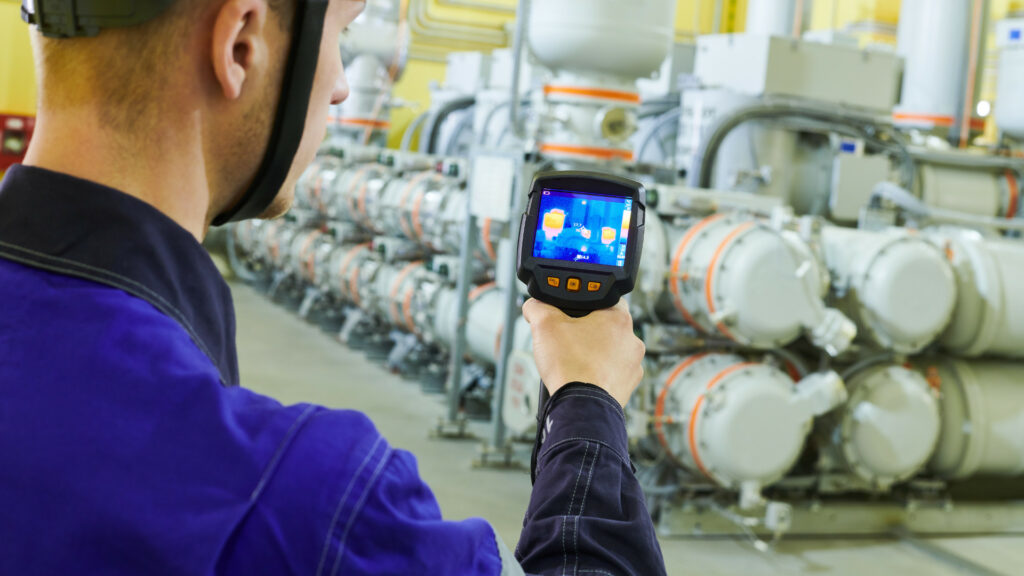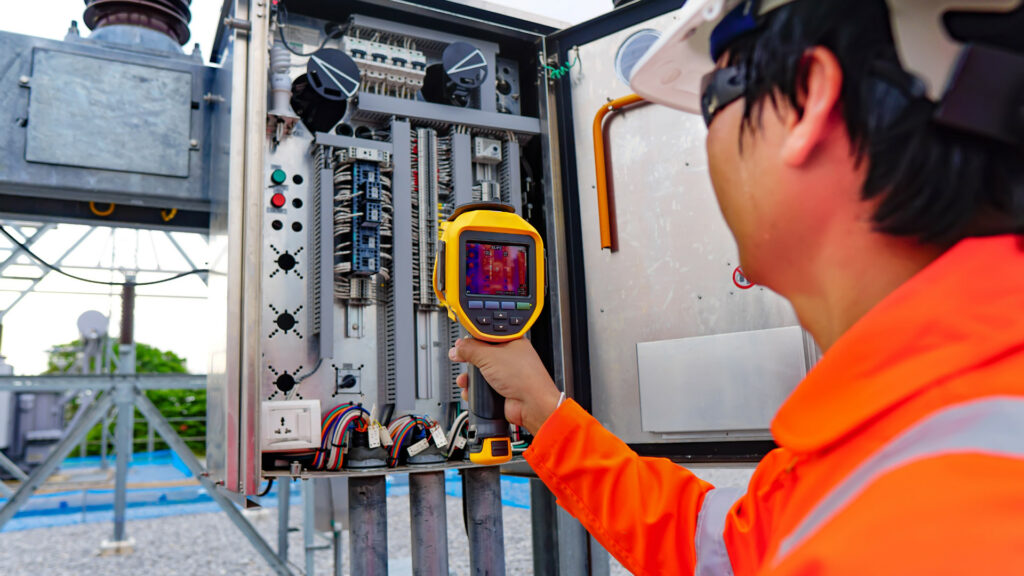Electrical Testing & Inspection
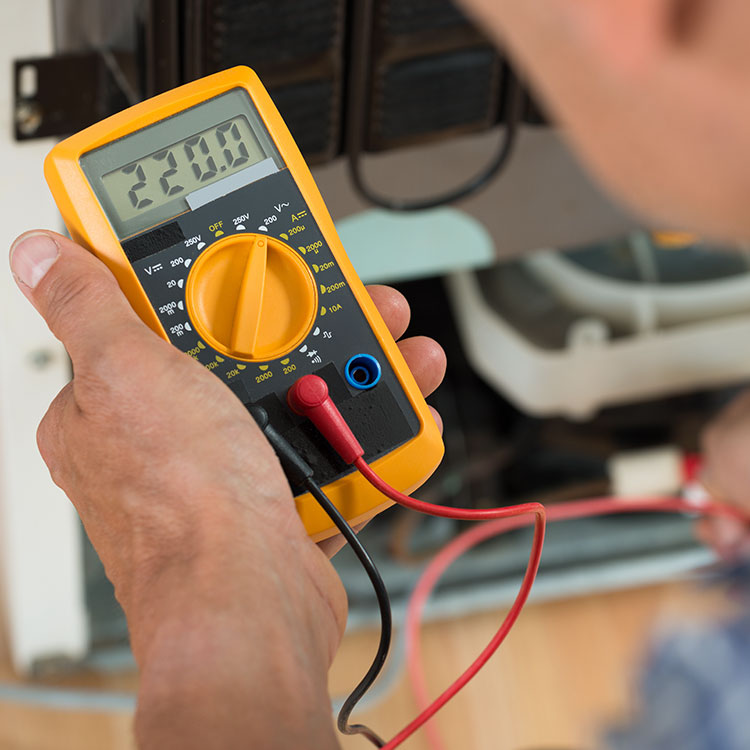
Electrical Testing & Inspection
12,500 fires are started every year through faulty electrical wiring and accessories causing death and injury. It’s therefore in your best interests to have your property’s electrics tested. Cables, switches, sockets, fuseboards and other equipment deteriorate with prolonged use, so they all need to be checked and necessary replacements or repairs made in good time.
To ensure your safety, all electrical installations should be regularly tested and inspected to British Standard BS7671 – IEE Wiring Regulations. In general, business premises should be tested every 5 years and homes every 10 years or on change of occupancy, whichever comes sooner. Some properties and locations require testing more frequently.
Contact us if you are unsure or unfamiliar with the correct use of your electrical installation or if you would like advice on whether your property requires testing.
- Honest Appraisal of Your Electrical Systems
- C&G Qualified Engineers
- Guaranteed Workmanship
- 24 hour National Service
- Detailed Written Evidential Reports
- Established NICEIC Approved Company
Look out for warning signs of dangerous wiring: Hot plugs and sockets or scorch marks; fuses that blow for no obvious reason; old style fuse boards with rewirable fuses; lights flickering or extension leads and adapters used because of lack of socket outlets. Check your fuseboard or consumer unit; it should have a last date inspected on it. If it hasn’t, the chances are it needs testing. Check out the images below of some of the horrors that we have uncovered when testing electrical installations.
Home Buyers Electrical Test & Inspection Report
Over half the homes in the UK were built before 1945, making it crucial for homeowners to check the condition of their electrical installations. EDS recommends that home electrical systems are tested on a change of occupancy or at least every ten years.
Electrical problems will not necessarily be highlighted by a home buyer’s survey, even if you opt for the full survey, since they are generally carried out by surveyors and not qualified electricians. Of course it is better to know that things are in order before you commit yourself to the purchase, giving you peace of mind knowing that the property is electrically safe. You should also be able to negotiate the costs of any remedial works from the sale price. Sometimes banks & building societies will insist an inspection is carried out before releasing mortgage funds.
We offer two types of inspections. Firstly a visual only inspection, which provides an indicative state of the electrical installation, but involves no testing. This is ideal if you have an indication that the property may need rewiring. The second test is the one which we strongly recommend and involves carrying out physical tests on the electrical installation, wiring, accessories, fuse boards and consumer units. This inspection is quite involved, generally taking between 2-6 hours depending on the scale of the property. At the end of the inspection we submit a detailed report in the form of a Periodic Inspection Report, together with any remedial works that are required to bring your installation to current standards.
See below for detailed information on Periodic Inspection Reports.
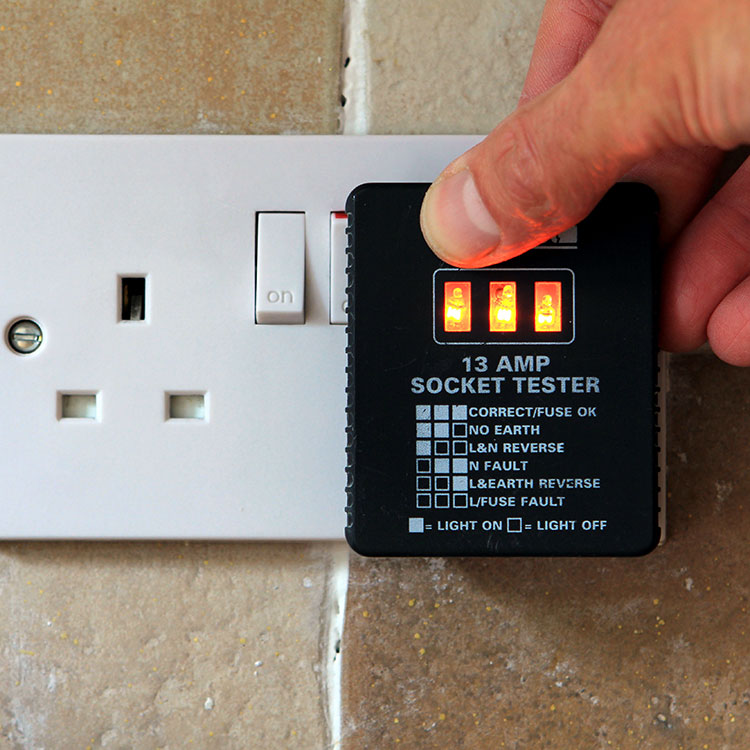
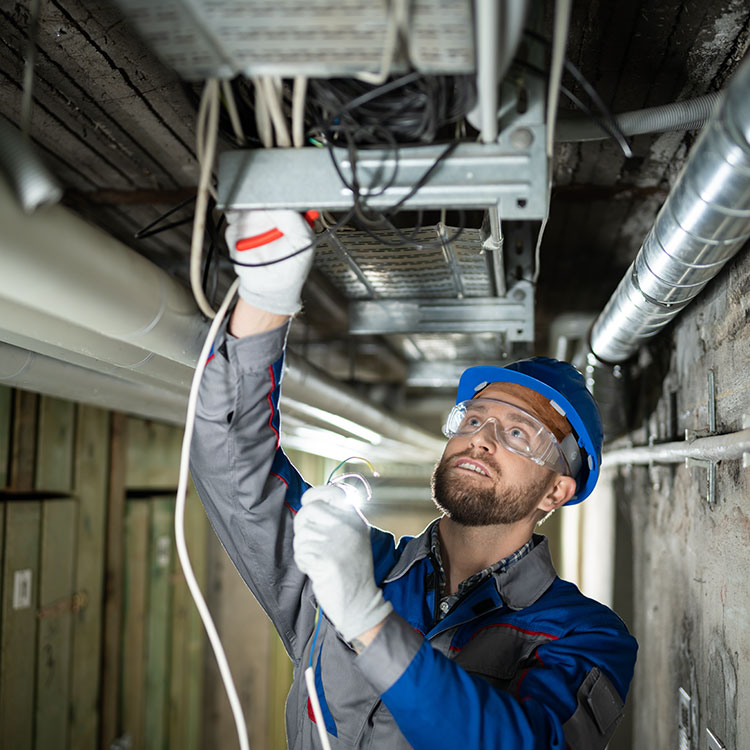
Commercial Electrical Test & Inspection Survey Report
EDS offer a comprehensive testing facility for businesses and organisations. We have carried out testing projects from small single unit businesses to large industrial estates and multi-floor office blocks. We can arrange for testing to be carried out during shutdown periods or out of hours at evenings and weekends to suit your operating hours.
Once the tests are completed we submit a detailed report in the form of a Periodic Inspection Report, together with any remedial works that are required to bring your installation to current standards. See below for detailed information on Periodic Inspection Reports.
You may also be interested in thermal imaging testing, which locates hot spots instantly, helping to identify faulty wiring without any disruption.
Read our case study sections for Alpha Tower Birmingham and see how EDS were tasked with testing the largest multi-storey office block in Birmingham.
What is Periodic Testing?
Periodic testing is the checking of an electrical installation in a building from the main incoming power source through to the the final circuits and distribution points. This could include lighting, power sockets and machinery, as well as your fuse boards or consumer unit.
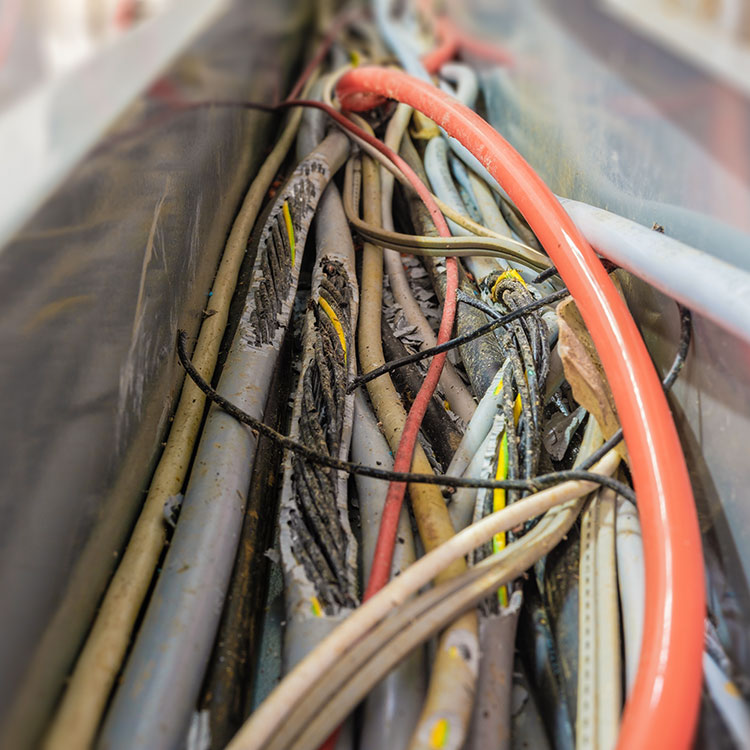
What is a periodic inspection?
A Periodic Inspection is an inspection on the condition of an existing electrical installation, to identify any deficiencies against the national safety standard for electrical installations.
A periodic inspection will:
- Reveal if any of your electrical circuits or equipment are overloaded.
- Find any potential electrical shock risks and fire hazards in your electrical installation.
- Identify any defective DIY electrical work.
- Highlight any lack of earthing or earth bonding. Tests are also carried out on wiring and associated fixed electrical equipment to check that it is safe. A schedule of circuits will also be provided, which is invaluable for a property.
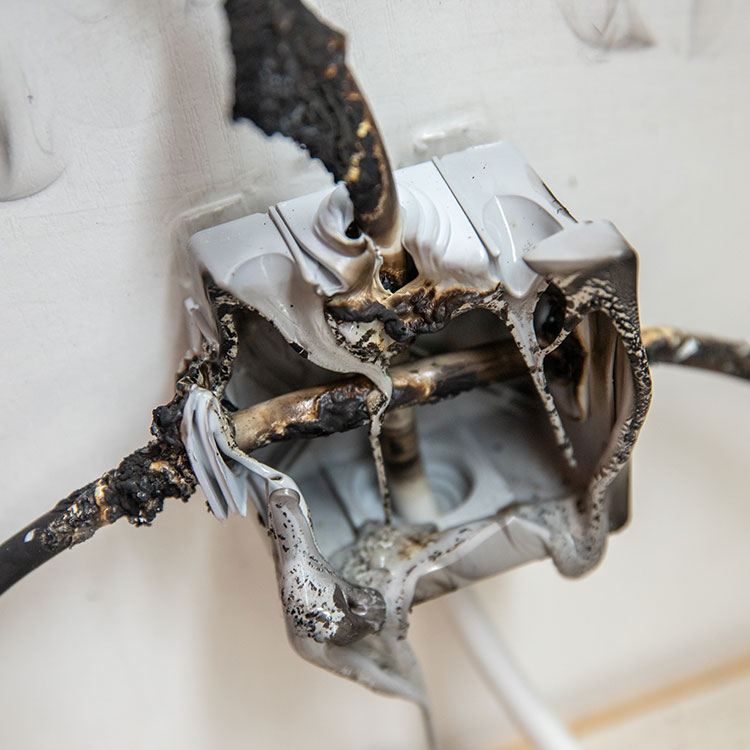
Why is a periodic inspection needed?
Every electrical installation deteriorates with use and age. It is important for the person responsible for the maintenance of the installation to be sure that the safety of users is not put at risk, and that the installation continues to be in a safe and serviceable condition.
According to Government statistics, each year on average 10 people die and about 750 are seriously injured in accidents involving unsafe electrical installations in the home.
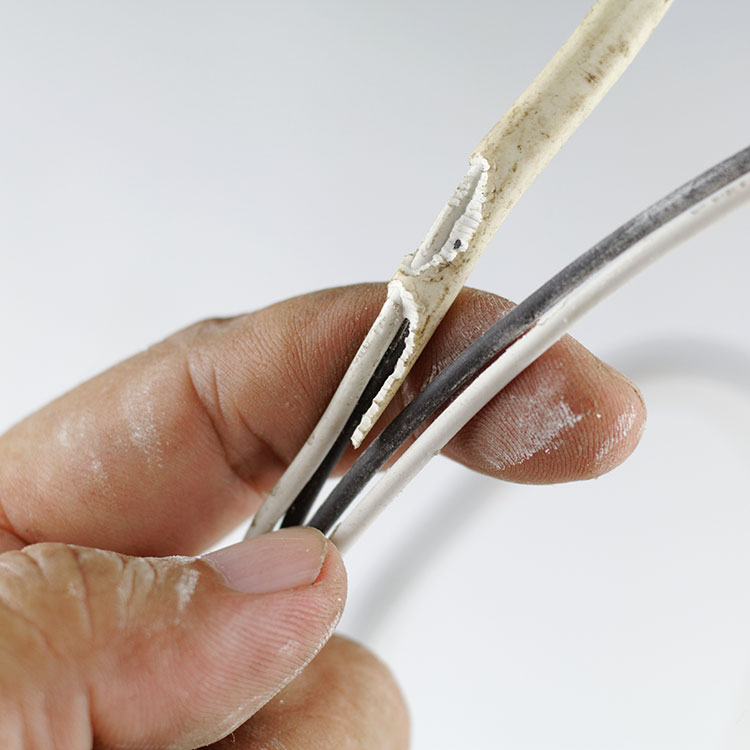
When is a periodic inspection needed?
It is recommended that periodic inspection and testing is carried out at least every 10 years for a domestic installation. We recommend 5 years for commercial installations, 3 years for caravans and 1 year for swimming pools.
It’s also recommended that a periodic inspection is carried out when a property is being prepared to be let, prior to selling a property or when buying a previously occupied property.
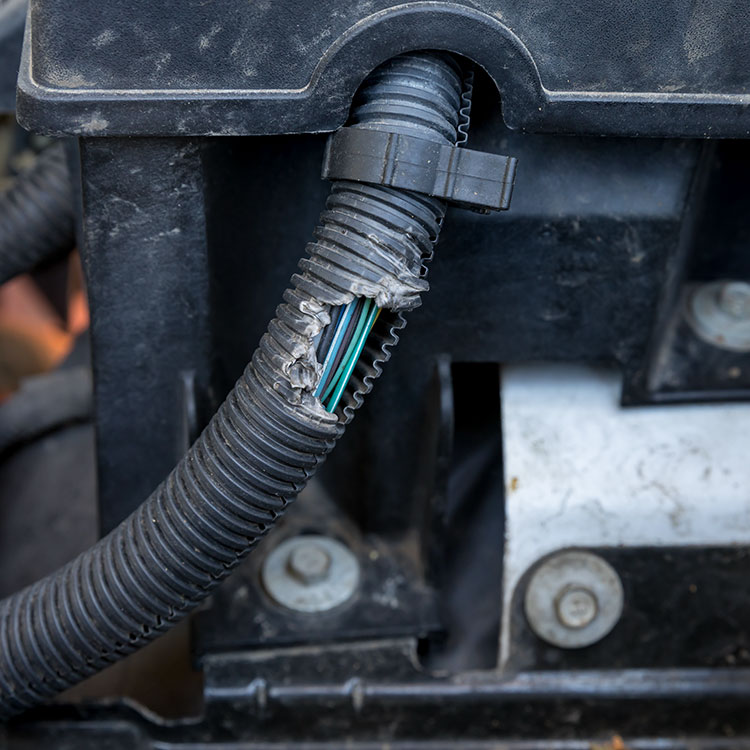
Who should undertake a periodic inspection?
To give the report credibility and for your peace of mind, EDS only employ fully qualified and competent electricians. EDS are also approved by the NICEIC, a national accreditation agency. The NICEIC have assessed and approved EDS’s electrical work to ensure that it complies with the national standard for electrical safety.
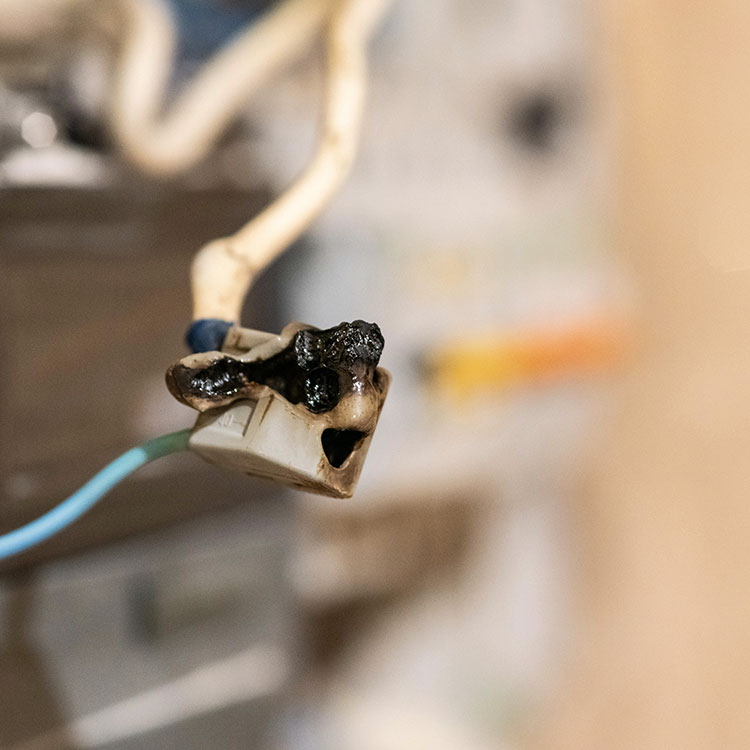
What happens during a periodic inspection?
Our electrician will check the electrical installation against the requirements of BS:7671 – Requirements for Electrical Installations ( IEE Wiring Regulations) – as amended, which is the national safety standard for electrical installations, and contains around 850 separate regulations.
The periodic inspection will take into account all relevant circumstances including the following factors:
A. Adequacy of earthing and bonding.
B. Suitability of the switch gear and control gear; the consumer unit and fuse boxes. An old fuse box with a wooden back, cast iron switches, or a haphazard mixture of such equipment is likely to need replacing.
C. Serviceability of equipment; switches, socket-outlets and light fittings. Older round pin sockets, round light switches and braided flex hanging from ceiling roses to light fittings, black switches and sockets mounted in skirting boards may require replacing.
D. The type of wiring system and its condition. Cables coated in black rubber were phased out in the 1960s. Cables coated in lead or fabric are even older and may need replacing. Modern cables use PVC insulation.
E. Provision of residual current devices for socket outlets that may be used to plug in electrical equipment used outdoors.
F. Presence of adequate identification and notices. This covers the extent of any wear and tear, damage or other deterioration changes in use of the premises which have led to, or might lead to, deficiencies in the installation.
The Approved Contractor will provide a Periodic Inspection Report (PIR) as part of the periodic inspection.
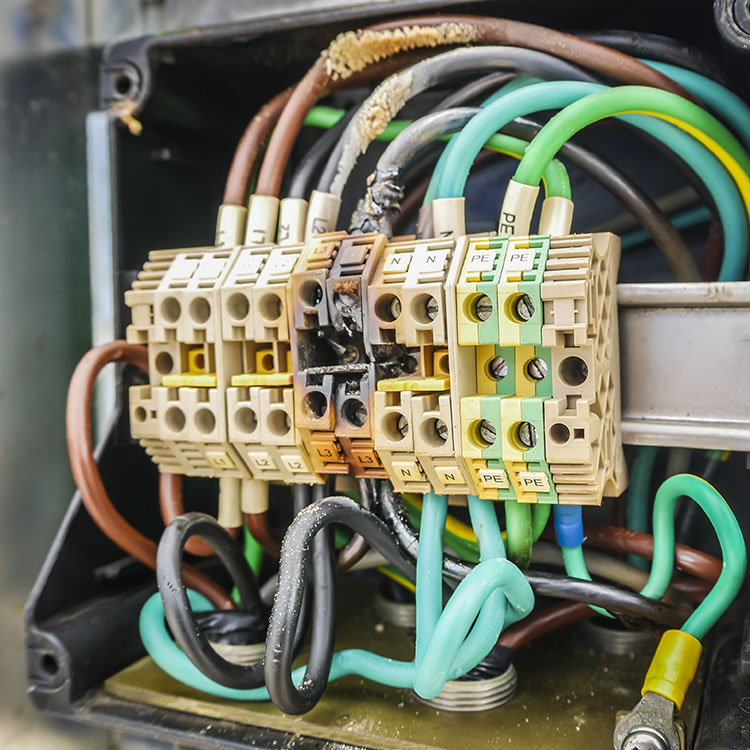
What is a periodic inspection report?
A Periodic Inspection Report (PIR) is a formal method of recording the findings of the periodic inspection, on at least six pages.
The main purpose of a PIR is to report on the safety condition of an existing installation. Box E on page 1 should describe the overall condition as either ‘satisfactory’, in which case no immediate remedial work is required, or ‘unsatisfactory’ which means remedial work is required to make the installation safe to use.
Where a PIR describes the installation as ‘unsatisfactory’, the next thing to look at is Box F on page 2 ‘Observations and Recommendations for Actions to be Taken’. This is where any departures from BS 7671 are recorded, and a code to indicate the urgency of the action needed is given.
Code 1 requires urgent attention.
Code 2 requires improvement.
Code 3 requires further investigation.
Code 4 does not comply with BS 7671.
Code 1 indicates a dangerous, or potentially dangerous, condition that requires urgent attention to make the installation safe. Once the necessary remedial work has been completed, an appropriate certificate should be issued to confirm that the remedial work has been carried out in accordance with BS 7671.
We will provide a summary of the inspection in the report, which will give a clear indication of the condition of the electrical installation, taking into account all relevant circumstances.
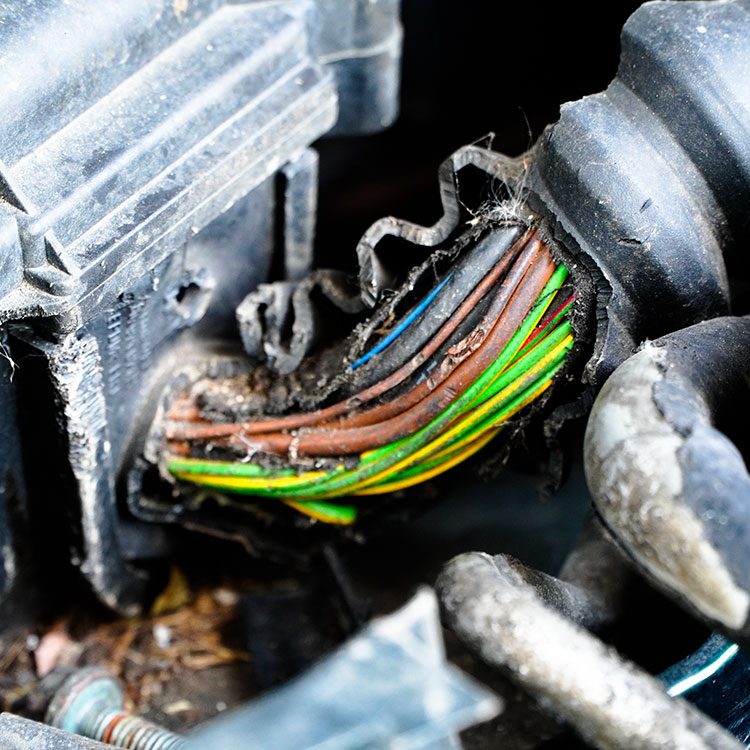
What happens after a periodic Inspection?
If the report recommends improvements to the installation, a quote will be generated for the remedial work.

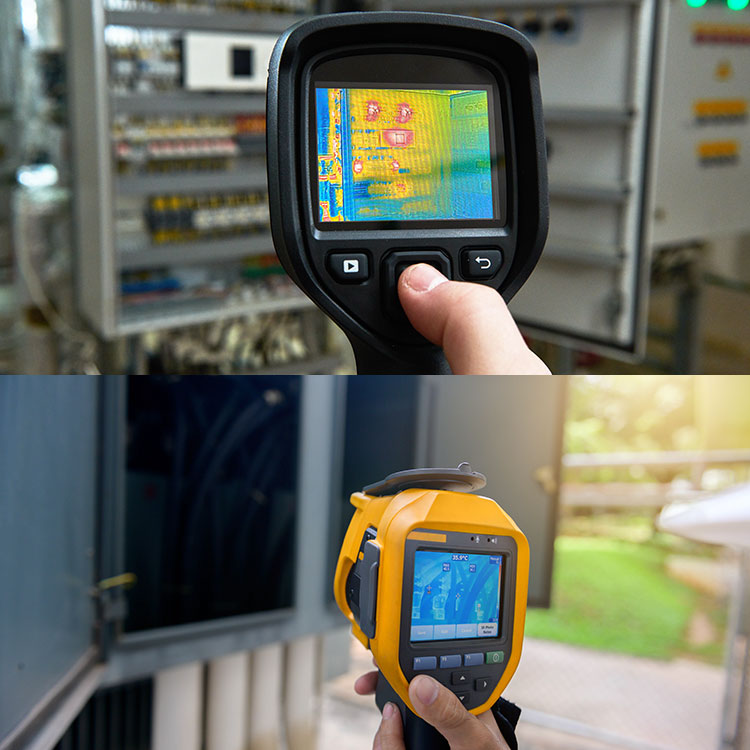
Thermal Imaging Electrical Testing
EDS offer thermal imaging or thermography testing for all electrical services and installations.
Thermal imaging electrical testing can detect and locate: overheating & overloading of cables, fuses and control equipment; high resistances within switch gear and control equipment; arcing or loose connections. Thermal imaging identifies the running temperatures of components, plant or machinery, power & phase imbalances, damaged heat sinks or blocked cooling tubes in high voltage power transformers.
Thermal imaging is the process of using a special camera designed to look only for infra red (IR) light, which is effectively heat energy. Unlike normal light, infra-red light is invisible to the naked eye.
Potential problems can be located very quickly and efficiently and without the needs to isolate any power sources, plant or machinery. Infra-red light is often released by components, plant or machinery whilst performing at their optimum level and is therefore difficult to ascertain by touch whether a component is running at normal temperature or is in fact overheating. With a thermal image the results are instant, and the exact temperature of the component can be measured, thus providing an accurate guide to operating levels.
If potential problems are left undetected these can eventually lead to plant or machinery failure and the resulting expense incurred for lost production and downtime, and could eventually lead to fire.
As infra-red light cannot be seen, the differences between normal operating temperatures and increased operating temperatures due to possible malfunction or overload could not be detected by hand or eye contact, Thermal image testing is the ideal choice when carrying out routine maintenance visits and can highlight potential problems long before any event occurs. This results in preventative maintenance as opposed to reactive maintenance; the cost savings associated with such planned maintenance can be enormous. Thermal imaging is a non-contact form of testing and is invaluable for predictive and non-invasive diagnostic maintenance work.
Does Your Property Need Rewiring?
As a silent contributor to our daily lives, electricity provides light and warmth, and powers our electrical appliances and equipment. However, most of us take electricity for granted. The cables run inside the walls, above ceiling and under floors, and fuse boxes are often hidden away, making it easy to forget that electrical systems do need checking periodically.
Cables, switches, socket outlets and other accessories deteriorate with use and misuse. All properties should have their electrical systems checked at least every 5-10 years. There are several signs to look out for that indicate the age of your electrical system and whether your property needs rewiring:
• Cables coated in black rubber – black rubber was phased out in the 1960s. Cables coated in lead or fabric are even older. Modern cables use PVC insulation.
• A fuse box with a wooden back, cast iron switches, or a haphazard mixture of circuit boxes.
• Older round pin sockets and round light switches, braided flex hanging from ceiling roses to light fittings, black switches and sockets mounted in skirting boards.
• Wall mounted light switches in bathrooms or wash areas.
If any of these features are present in your property, your wiring system is probably several decades old. Safety is vital, and we strongly recommend that you employ EDS to carry out an in-depth survey to ascertain whether your property requires rewiring. A full rewire will not only bring your property in line with current regulations, it will provide the latest technology in fault protection and allow for a better and safer environment.
